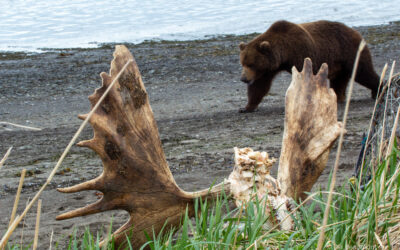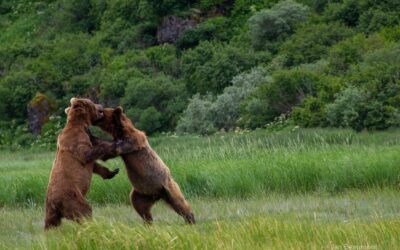For many travelers dreaming of an authentic Alaskan wildlife encounter, watching coastal brown bears catch salmon is at the top of the list. While Katmai National Park is renowned for its remarkable bear densities, experiences vary widely depending on where you go and when you visit. In the remote coastal region surrounding Kukak Bay, the rhythm of the salmon run, and therefore the bear behavior, follows a slightly later schedule than some of the park’s more recognized interior rivers. This timing creates a unique opportunity for visitors who arrive from late-summer into early fall.
A Later Coastal Salmon Run
Unlike some earlier-running systems in Alaska, the salmon that feed the coastal bears of Katmai’s Kukak Bay and neighboring Kaflia Bay tend to push into the streams later in the season. This is largely due to colder coastal water temperatures and the remote, undeveloped nature of these watersheds. As a result, bear-fishing activity typically begins in late July and often extends well into August and early September.
This later salmon arrival creates a special dynamic: during midsummer, bears that were feeding on sedge grasses, salmon berries, and digging tidal flats begin to concentrate along coastal streams as the first fish arrive. By late August, the streams fill with returning salmon, and the bears shift almost entirely to high protein fishing, offering spectacular viewing for those in the right location.
What to Expect in Late July
Late July marks the transition period when salmon begin nosing into the creeks. Bears patrol the estuaries and lower river channels, testing the water for those first pulses of fish. Wildlife photographers often enjoy this time of season because bears move constantly, covering the beaches, tidal marshes, and river mouths. While fishing may be sporadic early on, the bears’ anticipation and elevated activity levels create exceptional viewing opportunities.
August: Peak Coastal Fishing
August is the prime month for salmon-catching action in Kukak Bay. By this time, the salmon are running steadily, and bears gather in remarkable numbers. Mothers with cubs frequent calmer side channels, larger boars stake out prime fishing holes, and younger bears practice their hunting skills with clumsy, enthusiastic attempts.
Because these coastal systems are wide open and free of crowds, visitors often enjoy quiet, unobstructed views of bears catching fish just yards away but always guided at a respectful distance for safety and animal comfort. The combination of dramatic volcanic landscapes, braided waterways, and constant wildlife motion makes August an unforgettable time for bear viewing.
September: A Late-Season Finale
Although salmon numbers begin to taper, early September can still be excellent. Cooler weather and fewer visitors add to the wild, remote feel of this region. Bears continue to fish in shallower pools and feed on remaining carcasses, packing on the last of their winter fat. The fall colors beginning to sweep across the tundra add an atmospheric beauty unique to this time of year.
The Bottom Line
For those seeking the most remote, intimate, and late-season bear-fishing experience in Katmai, the coastal regions of Kukak Bay and Kaflia Bay are unparalleled. Plan your visit from late July through early September for the greatest chance of witnessing Alaska’s brown bears at their most iconic; skillfully catching salmon in the wildest corner of the park.



